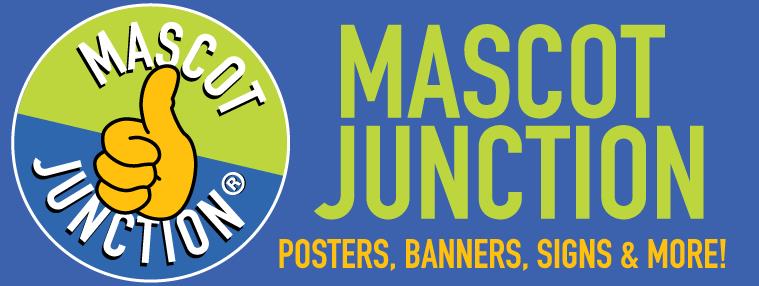Easy to understand – The community is clearly defined – “We are eagles”
Emotional – Appeals to the desire to belong to a group – “We all have eagle friends”
Consistent – Common thread runs through all expectations – “We have eagle rules”
Visual – Mascot illustrations show what targeted positive behaviors look like
Engaging – Children respond to mascots, finding them endearing and likable
Imitation – Children imitate the visual examples shown by the mascot
Self-image – The instant a child says “I am an eagle,” a part of their self-image is changed, and it’s human nature to act consistently with one’s self-image. Own the mascot, and you own valuable real estate in the child’s mind – part of their self-image.
Control – Control the mascot. Control the examples. Control what’s imitated. Control (or influence) the behavior.
Cultural – The mascot is the culture king – a personified keeper of the shared attitudes, values, goals, expectations, and practices of the group.
Branded –By definition, a brand is “What people think of something” – their perception of it. When people think of your school, they should think of it as the home of the eagles, with eagle rules, an eagle culture; and every day is a great day to be an eagle.
